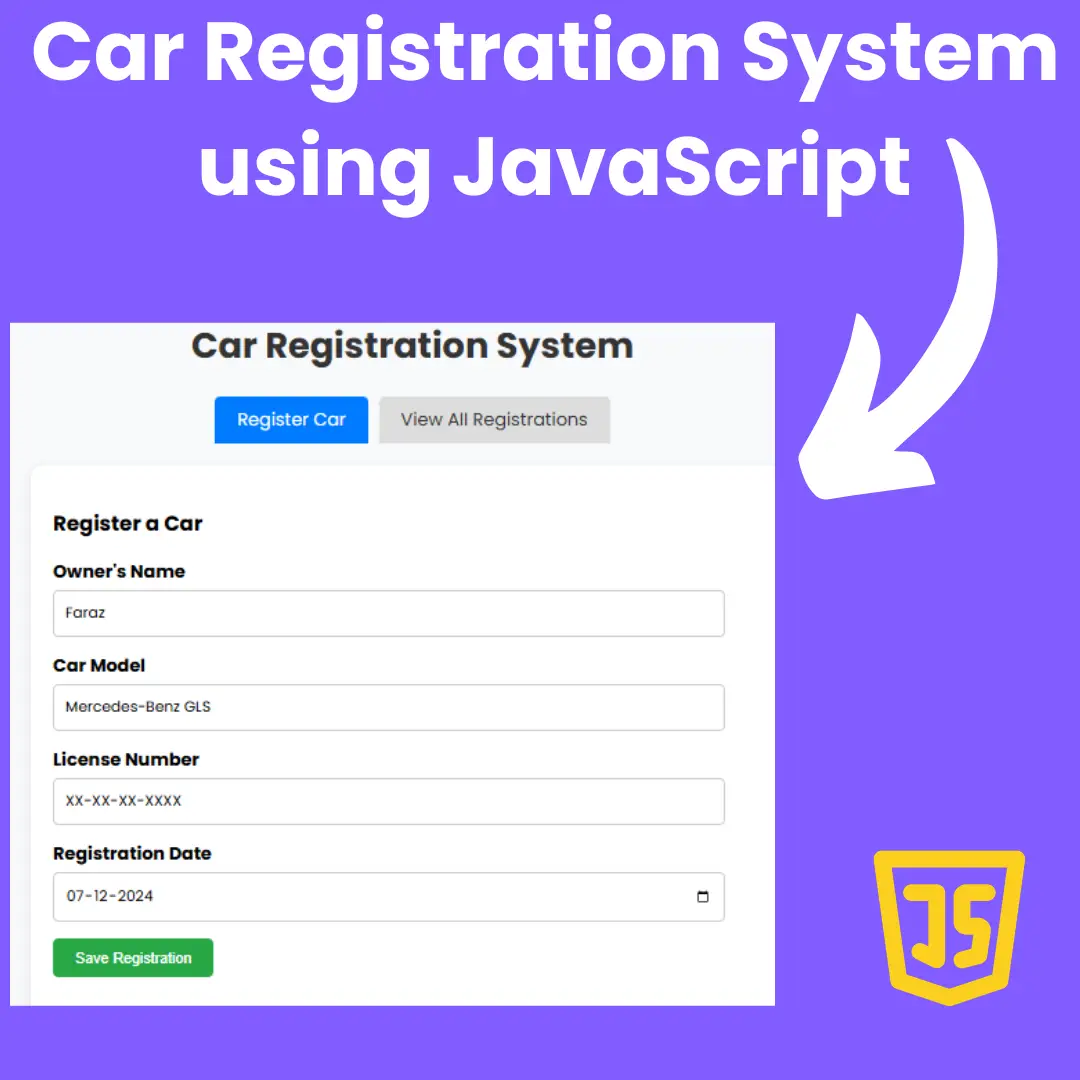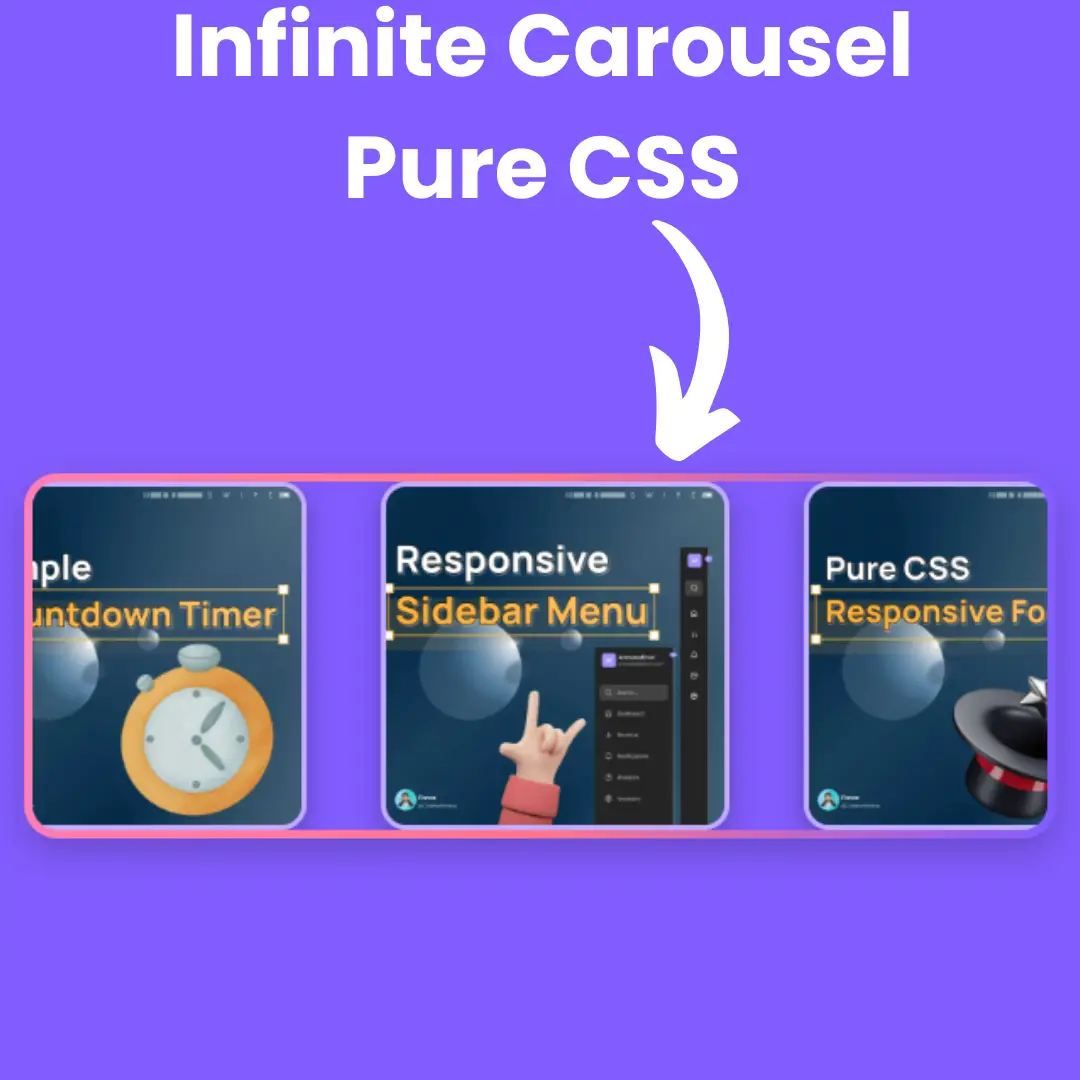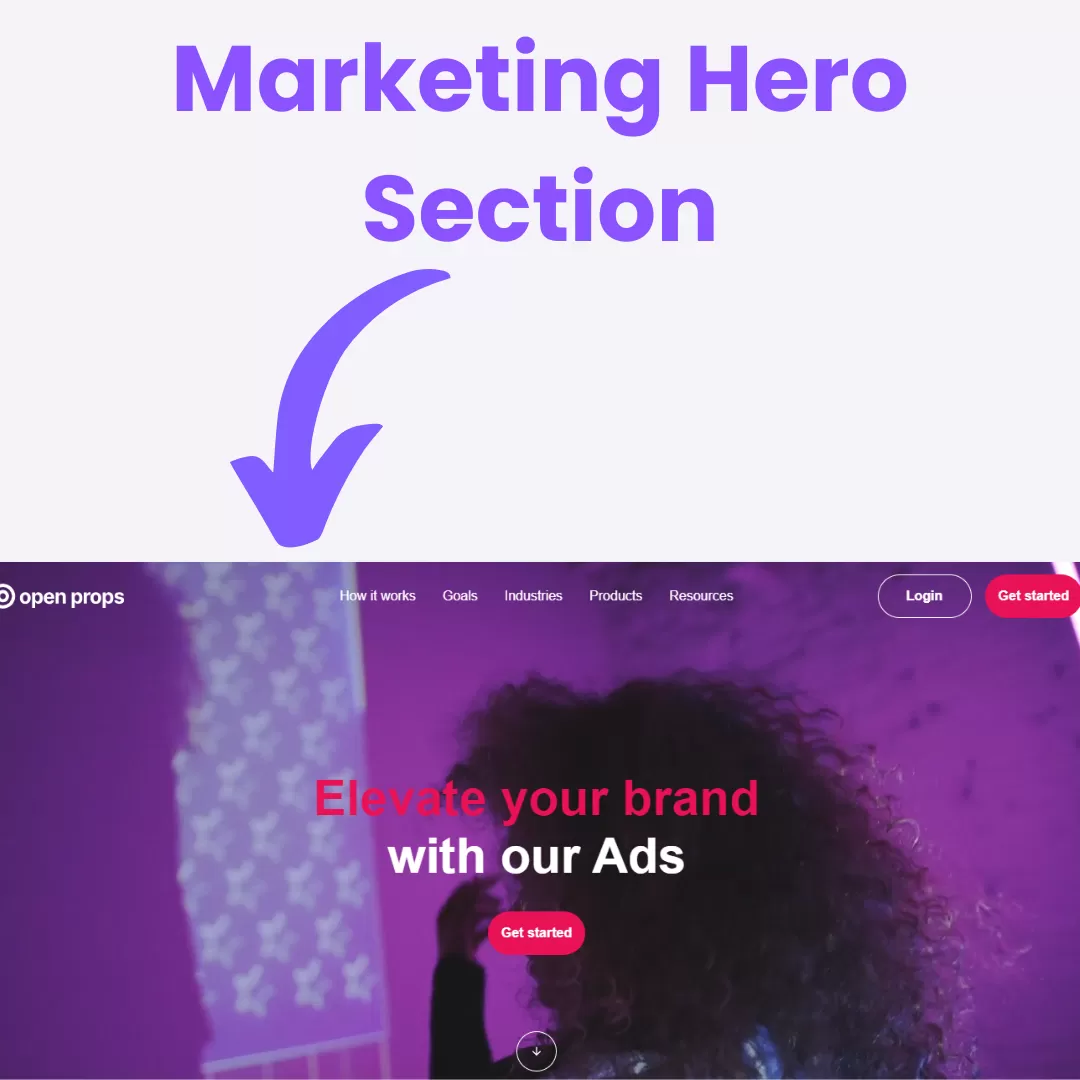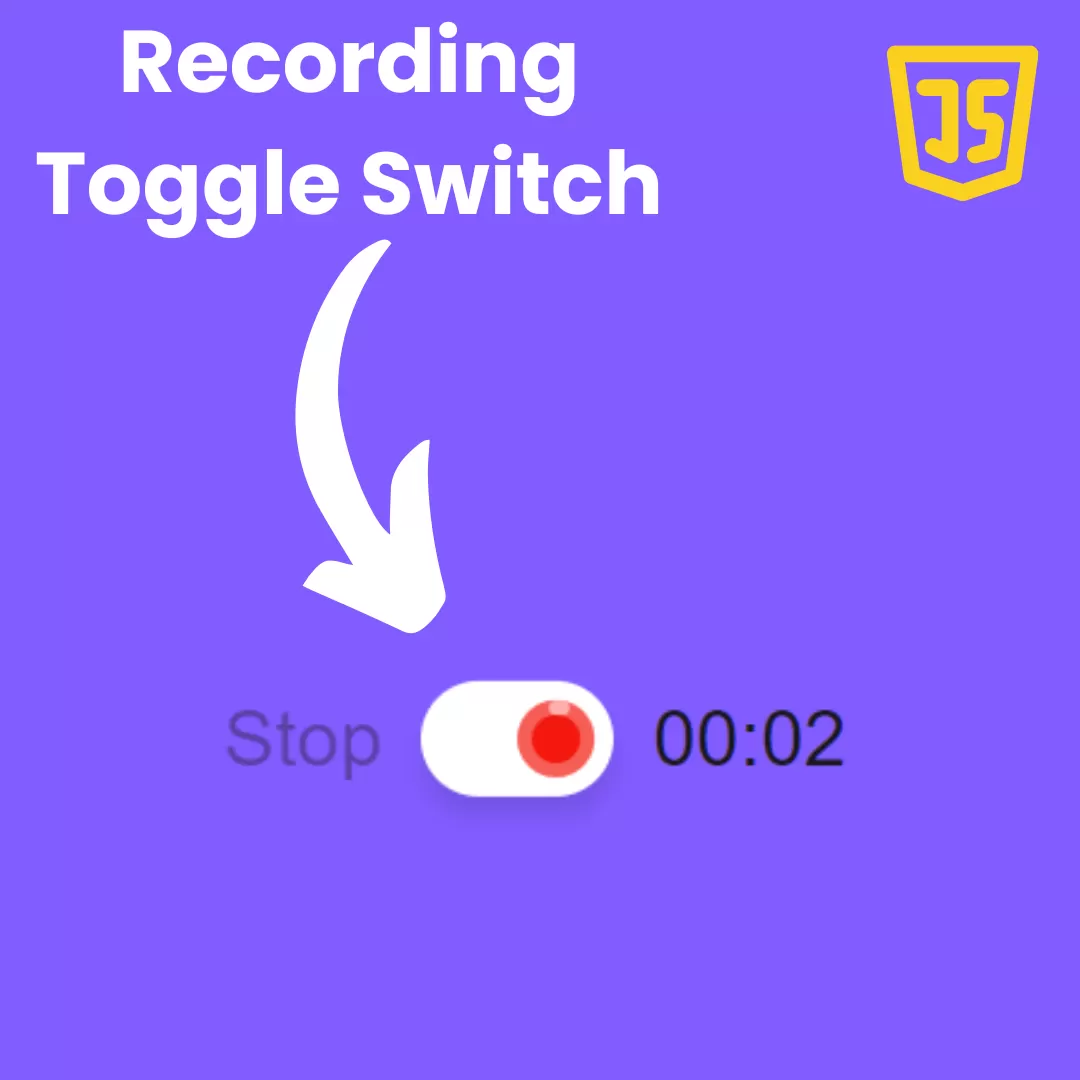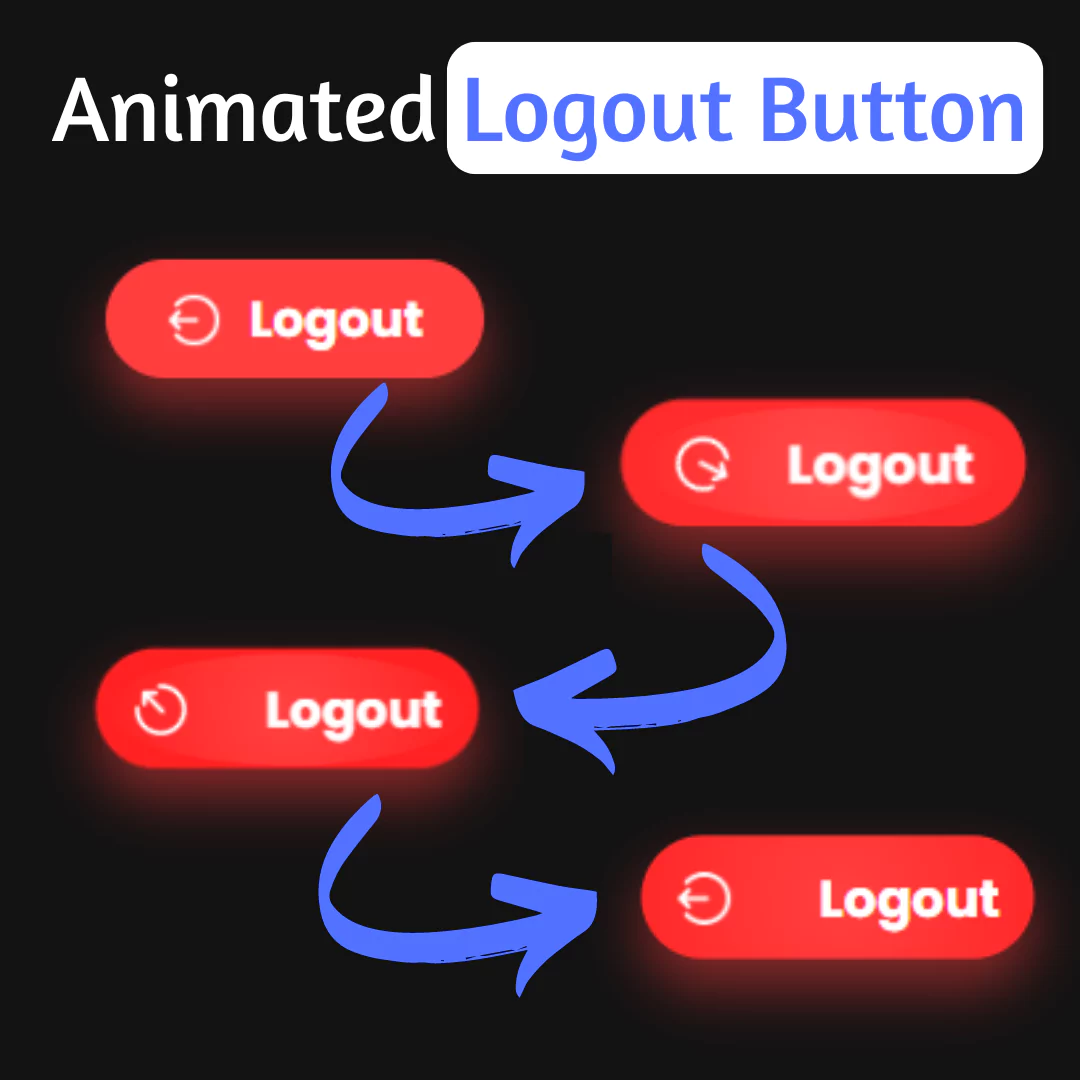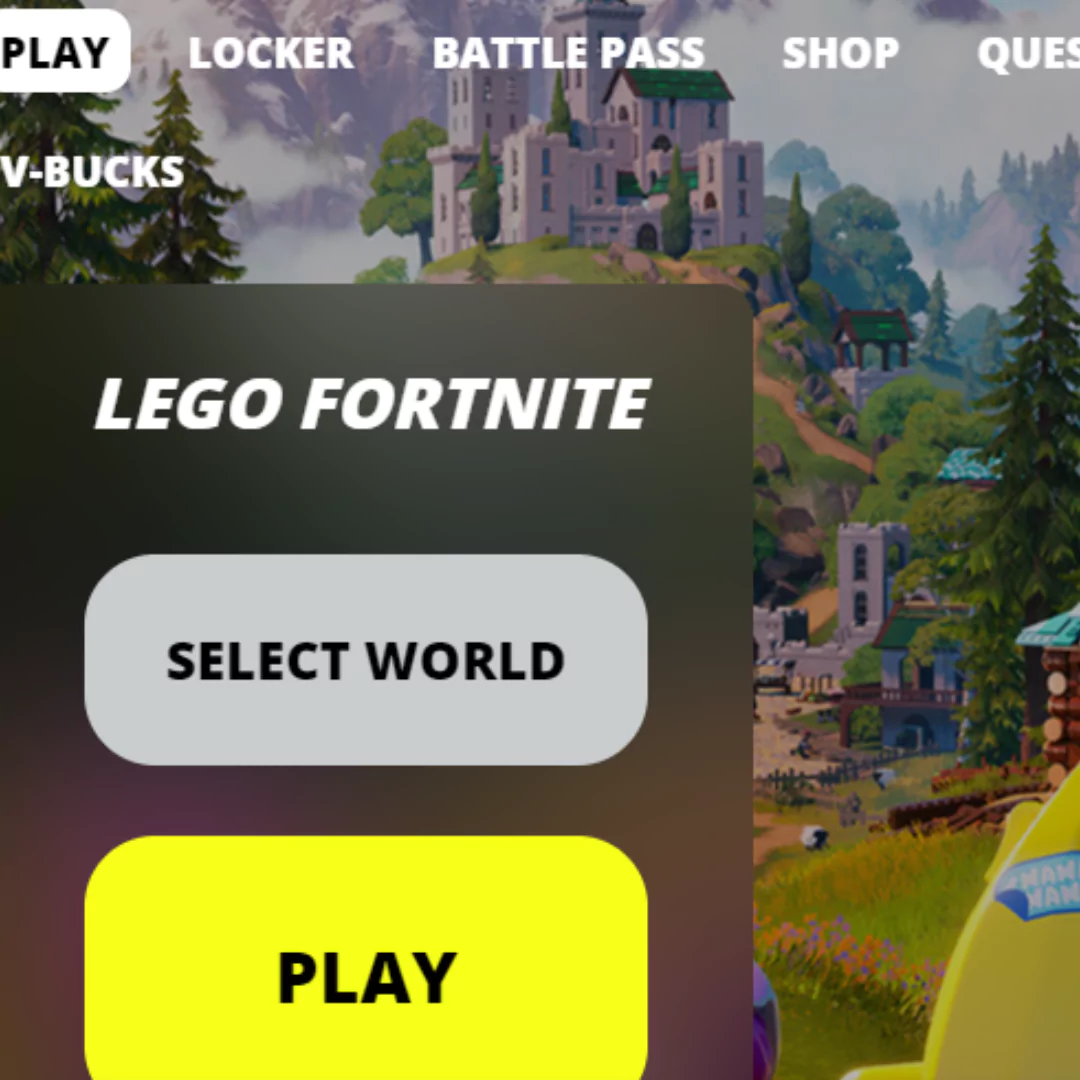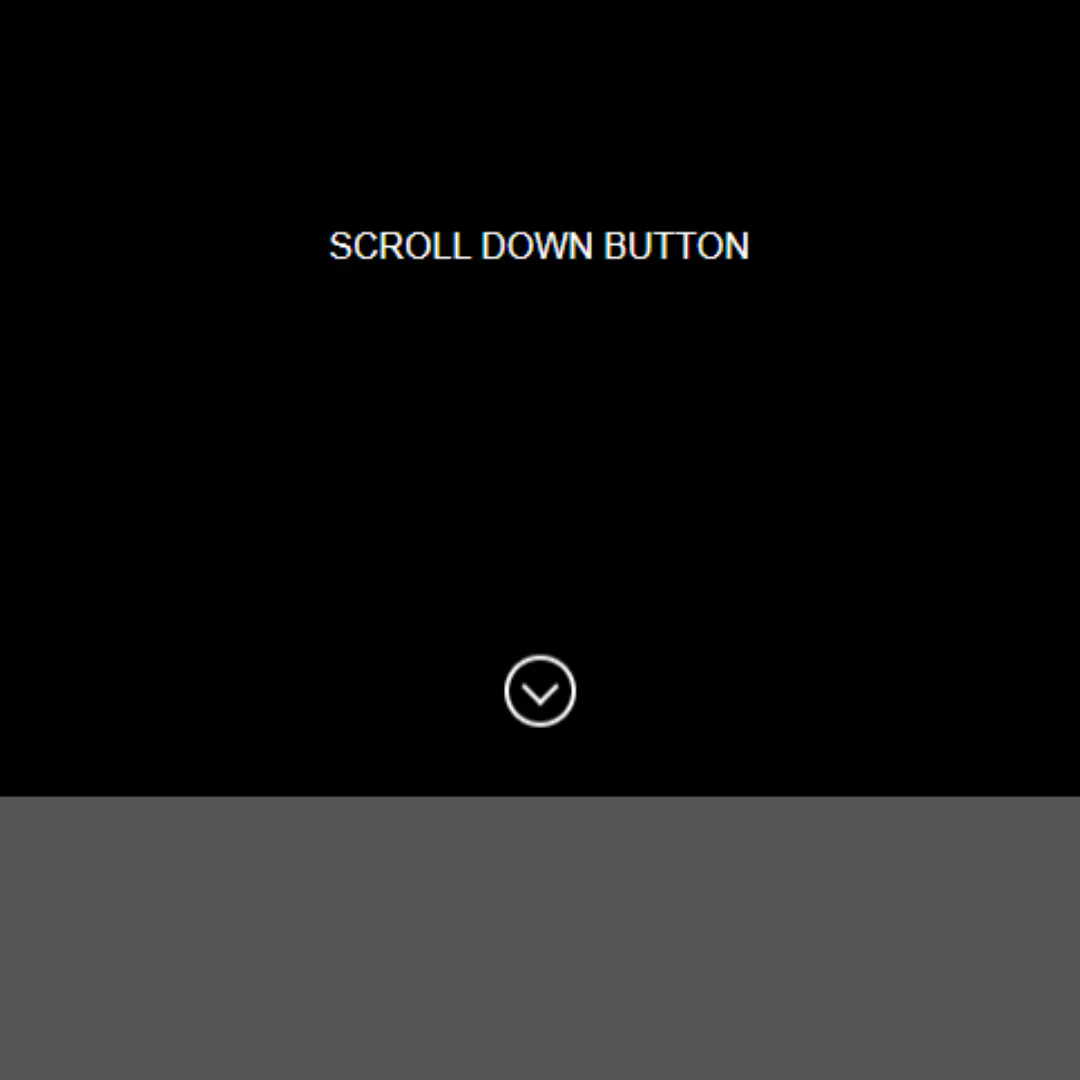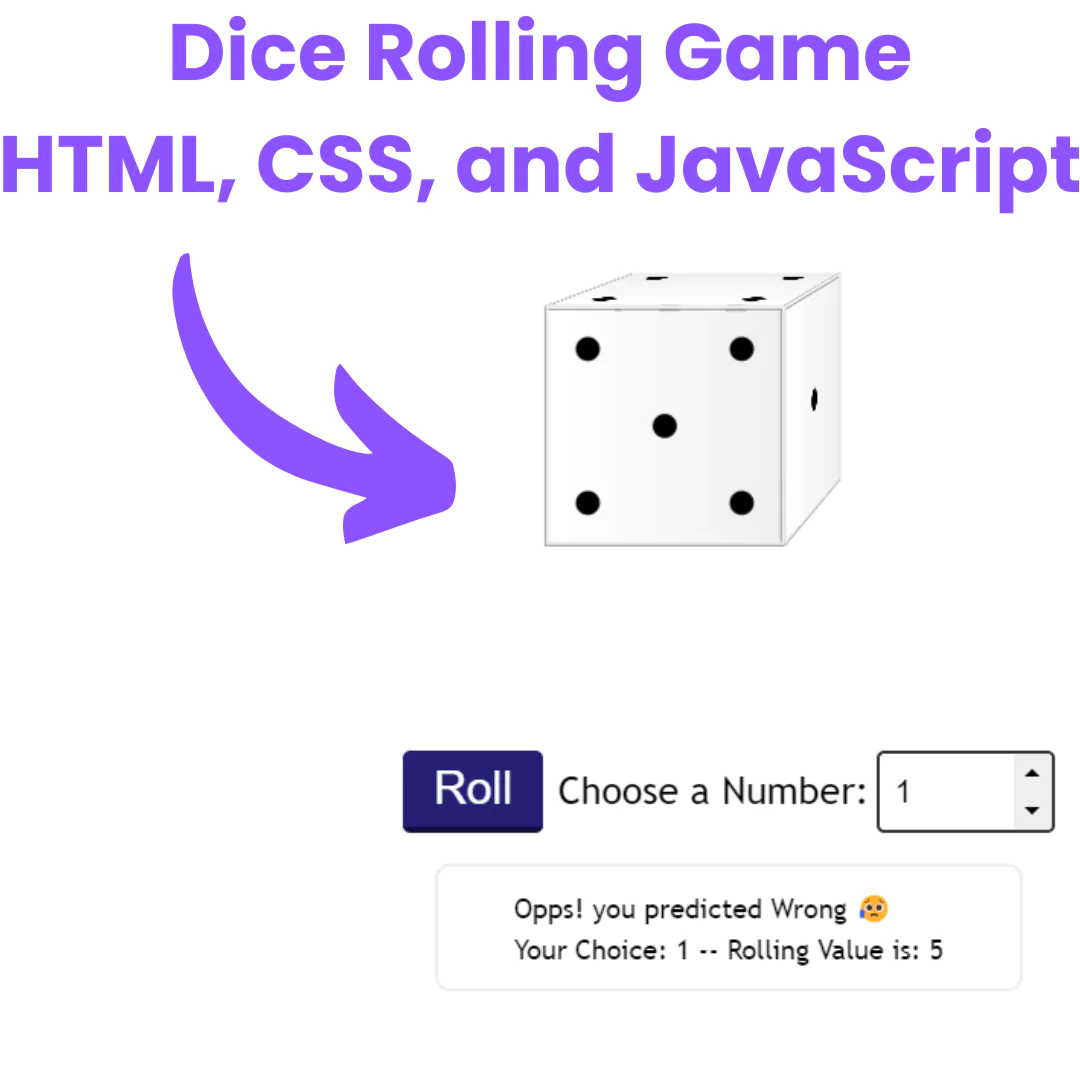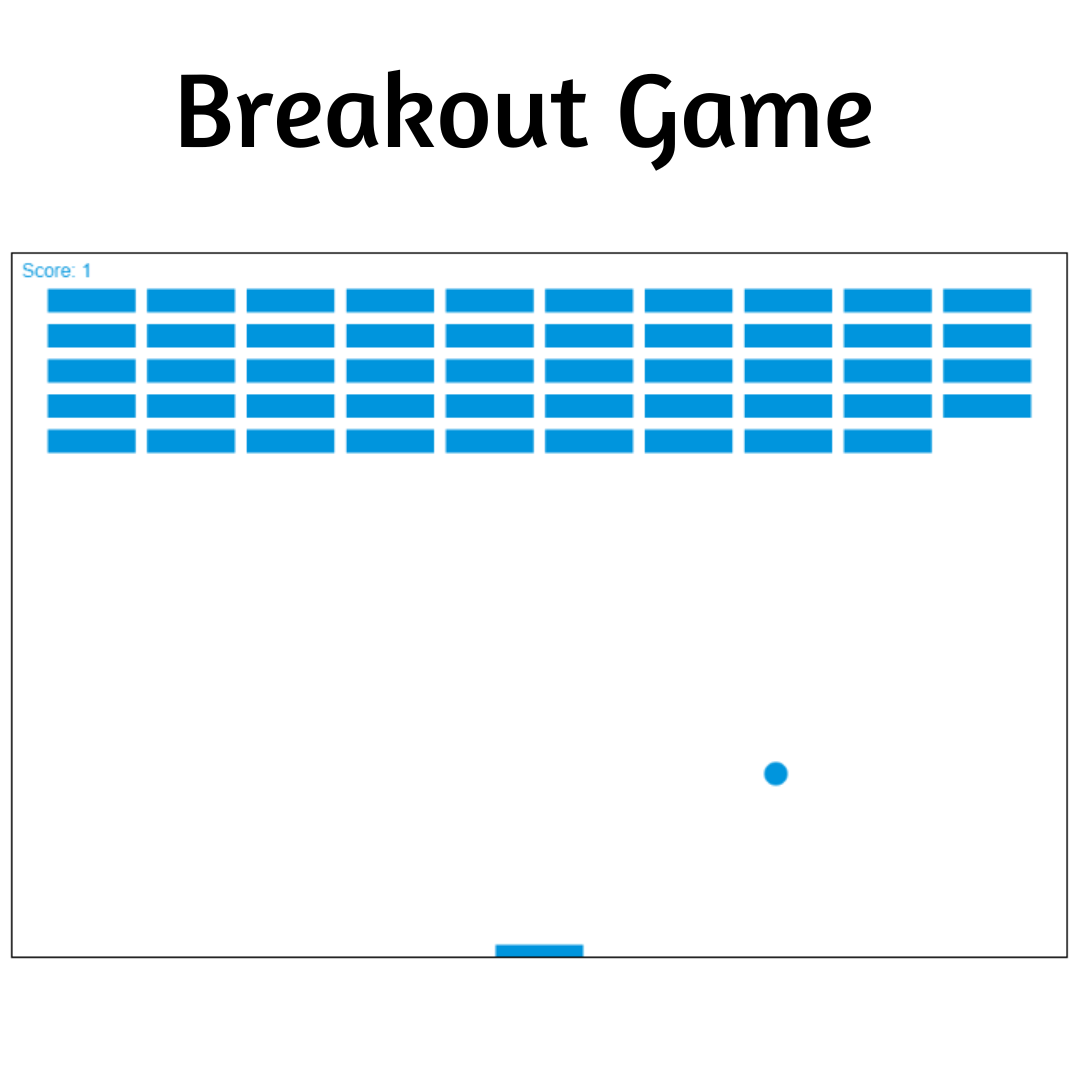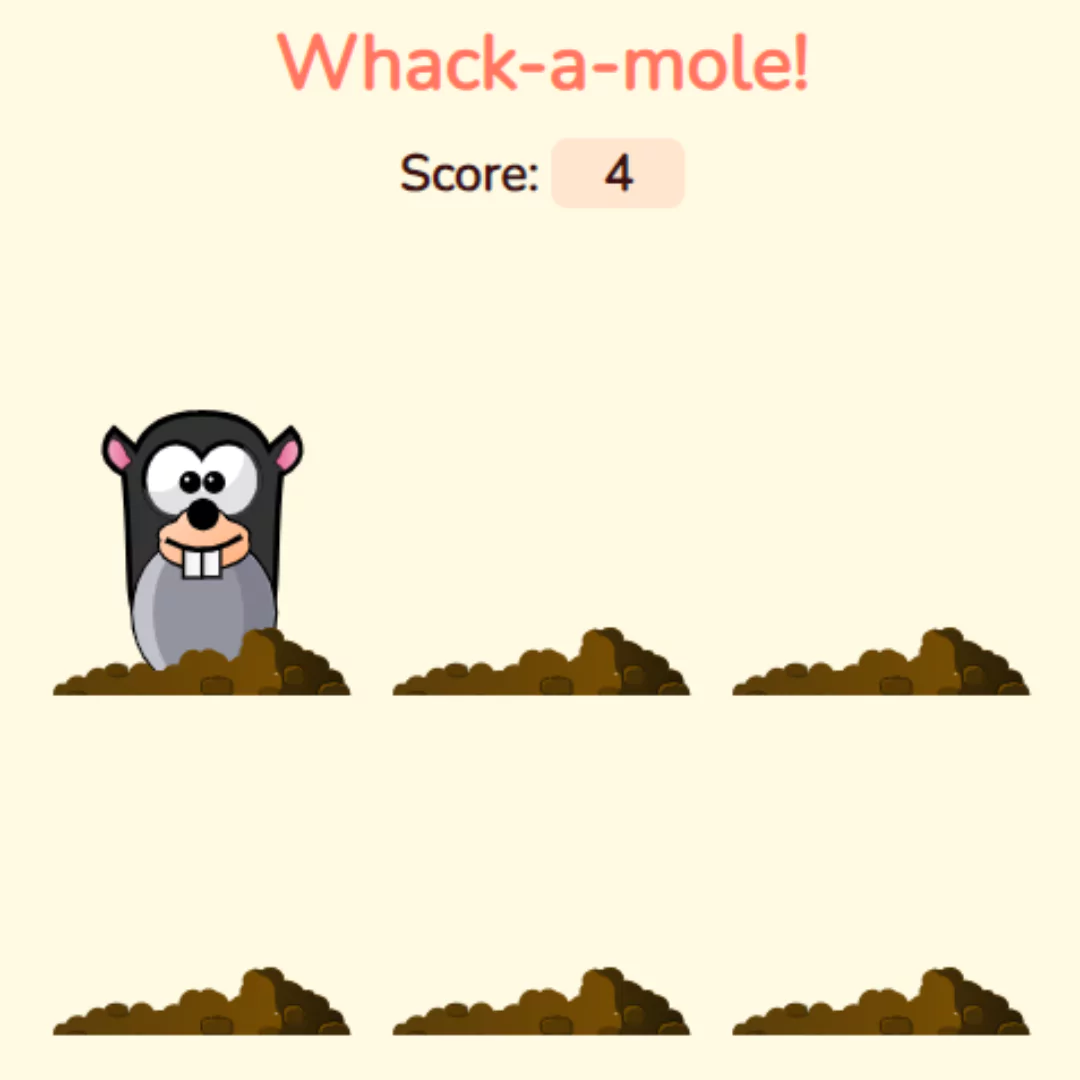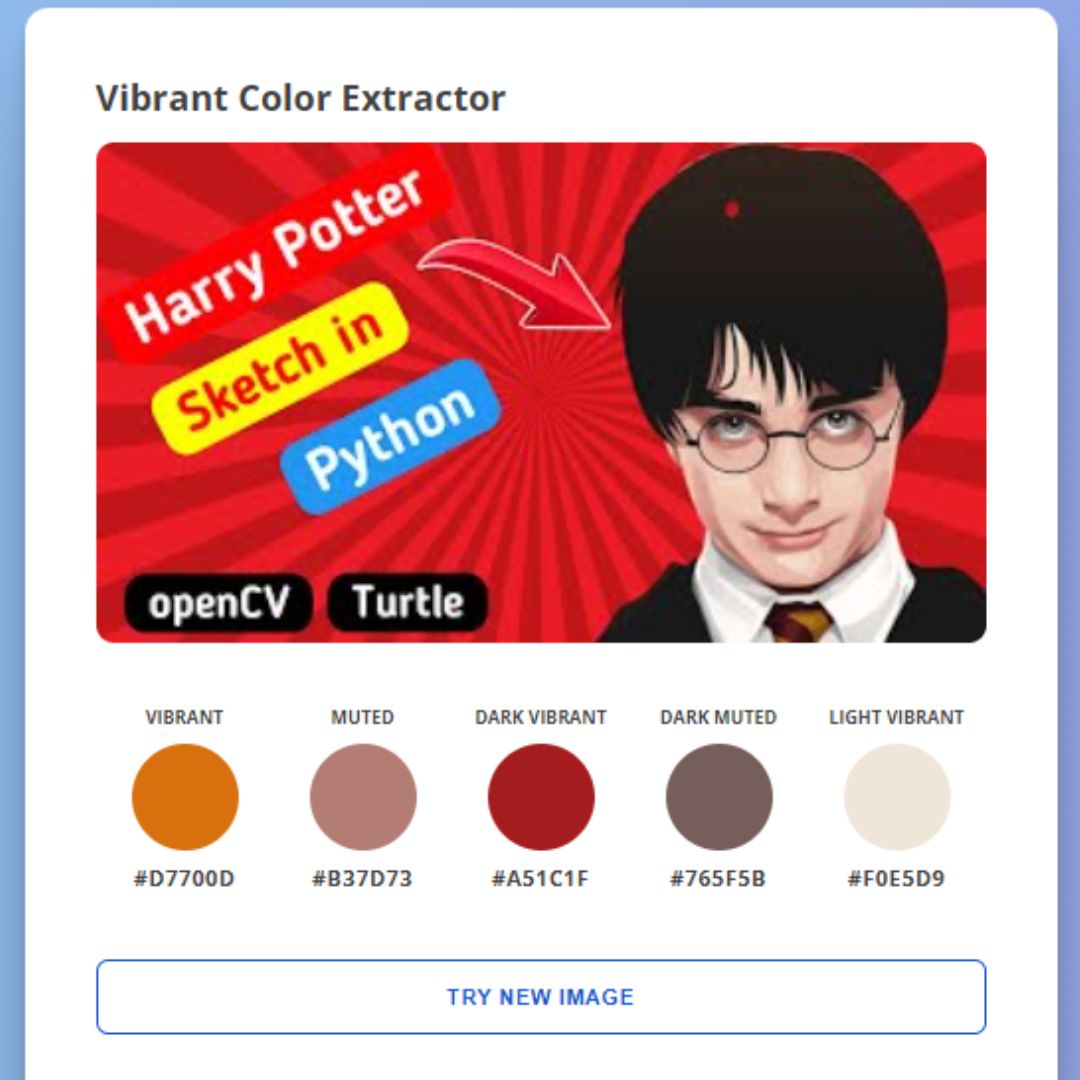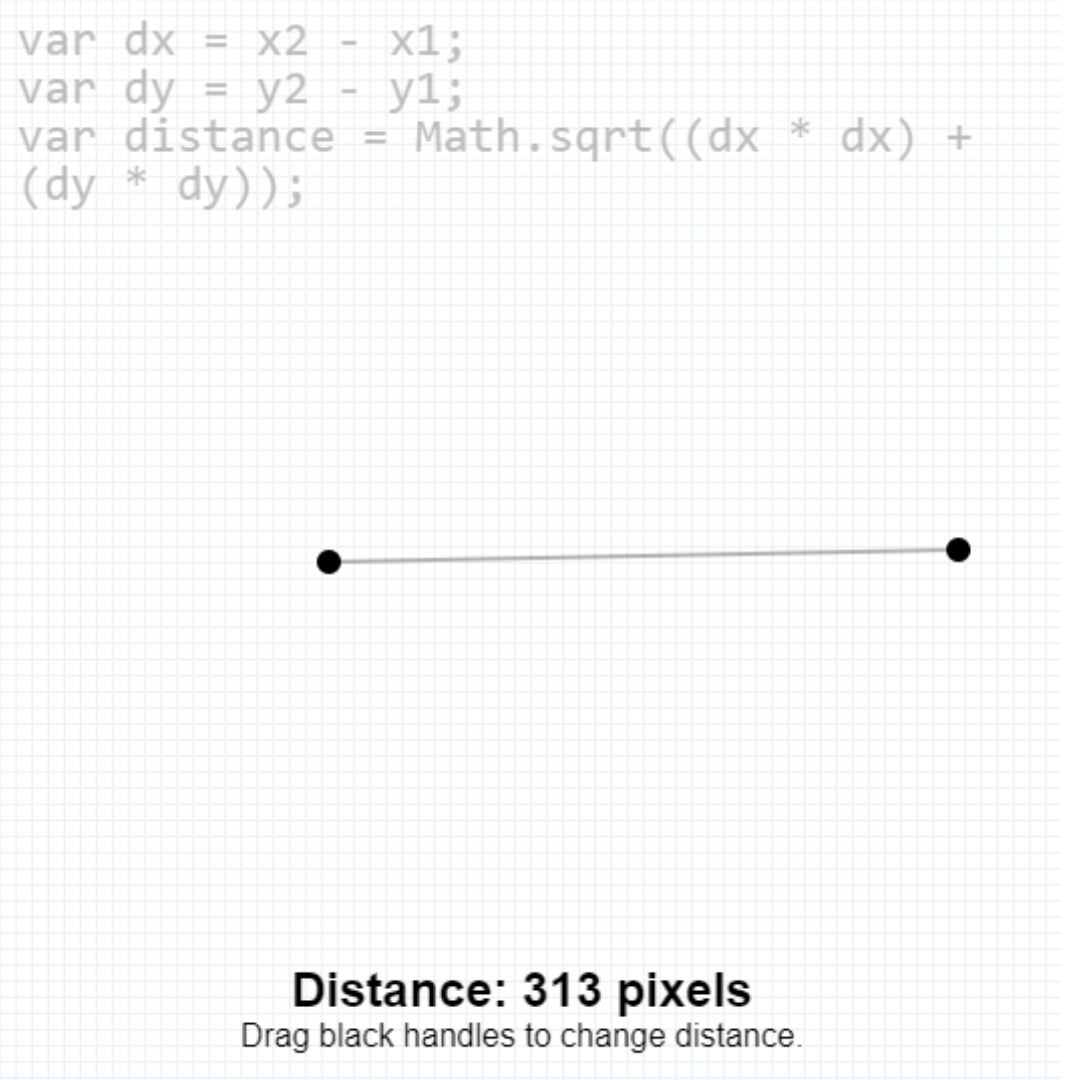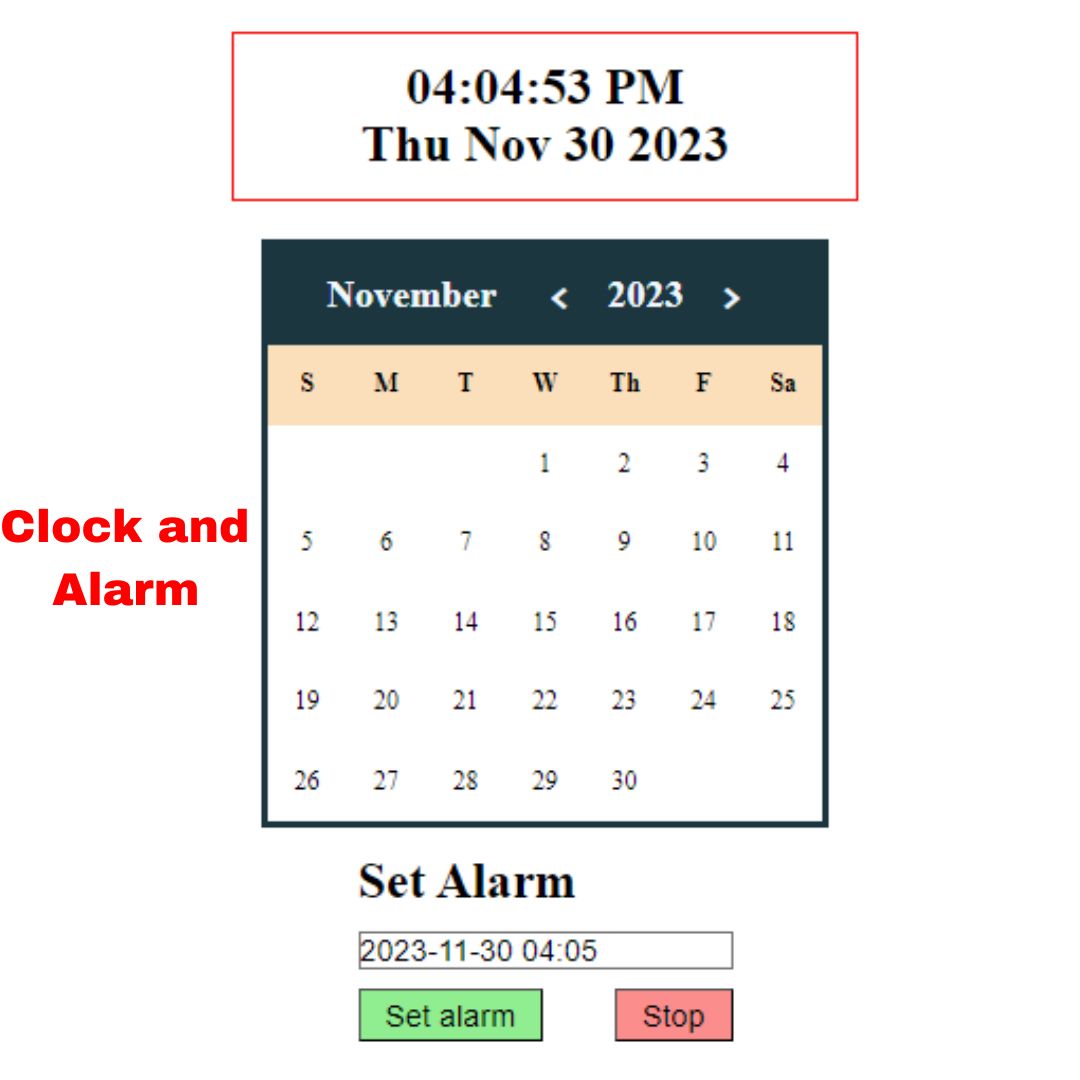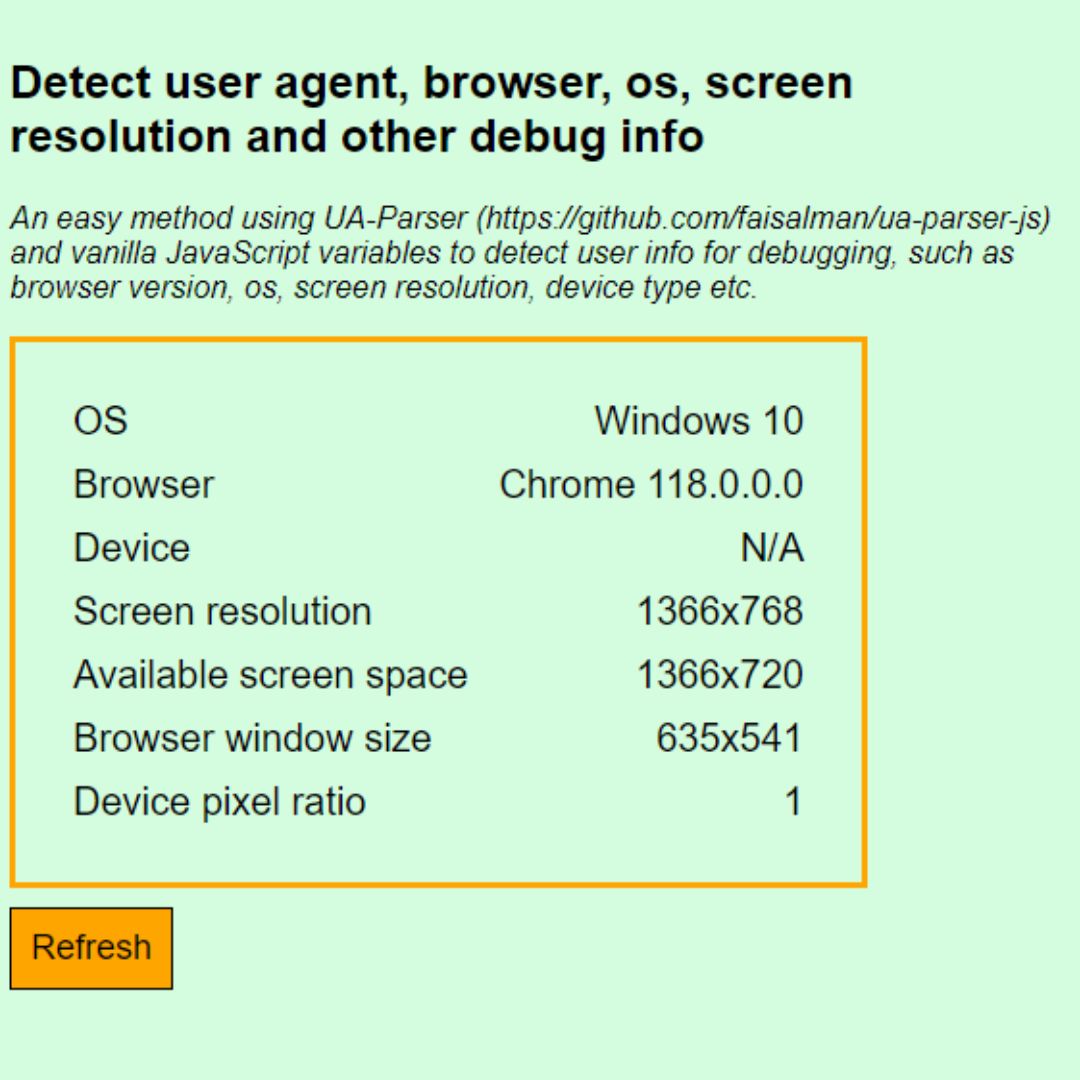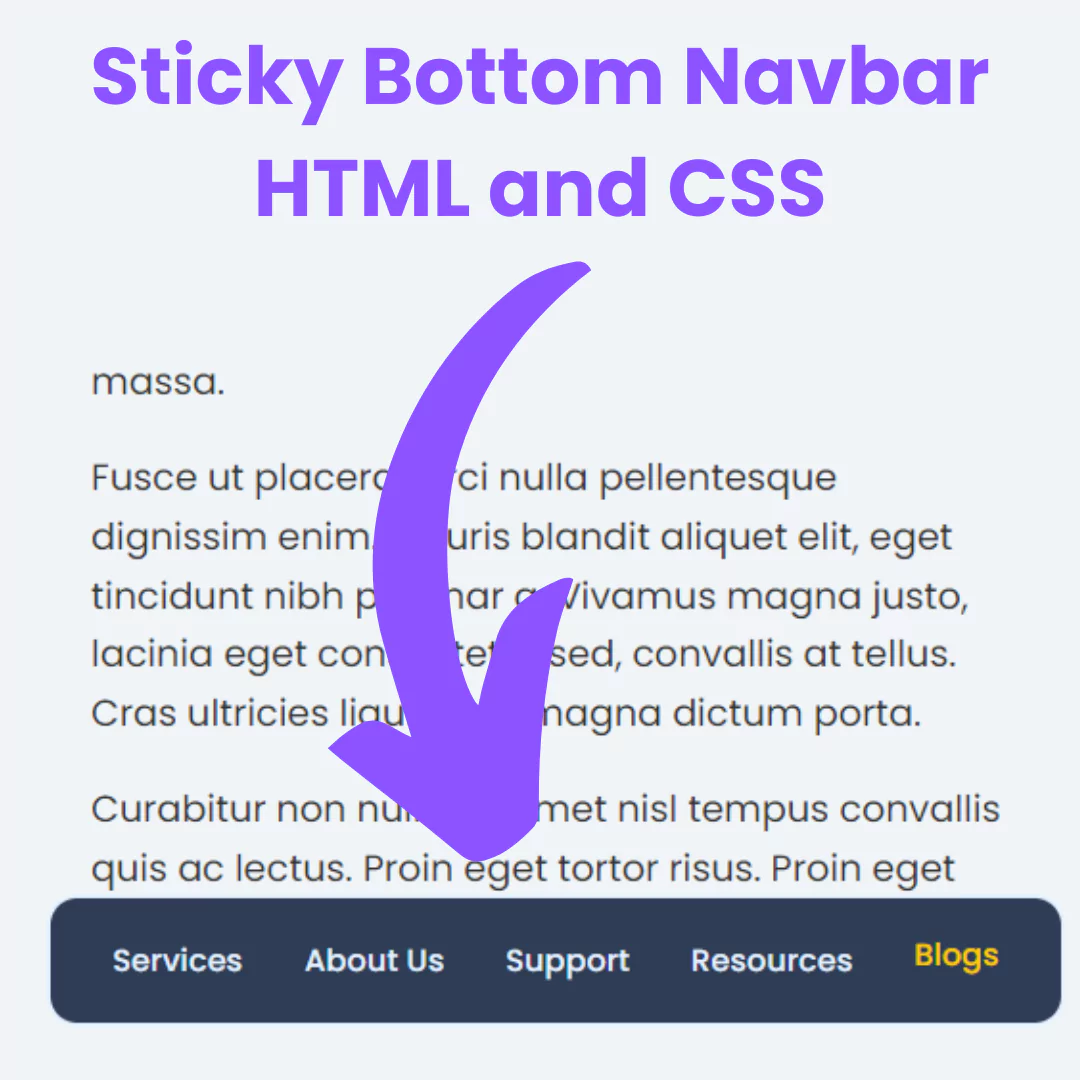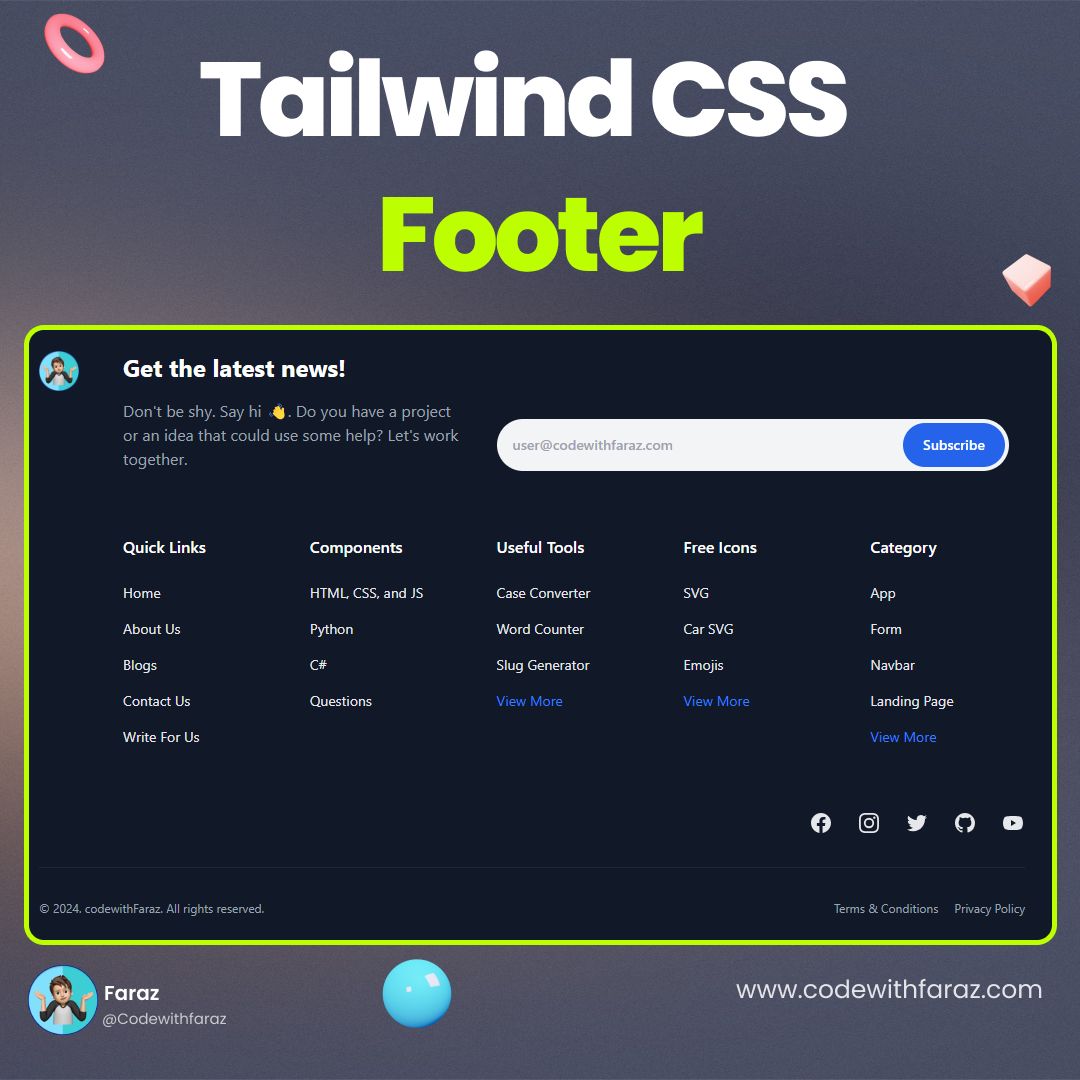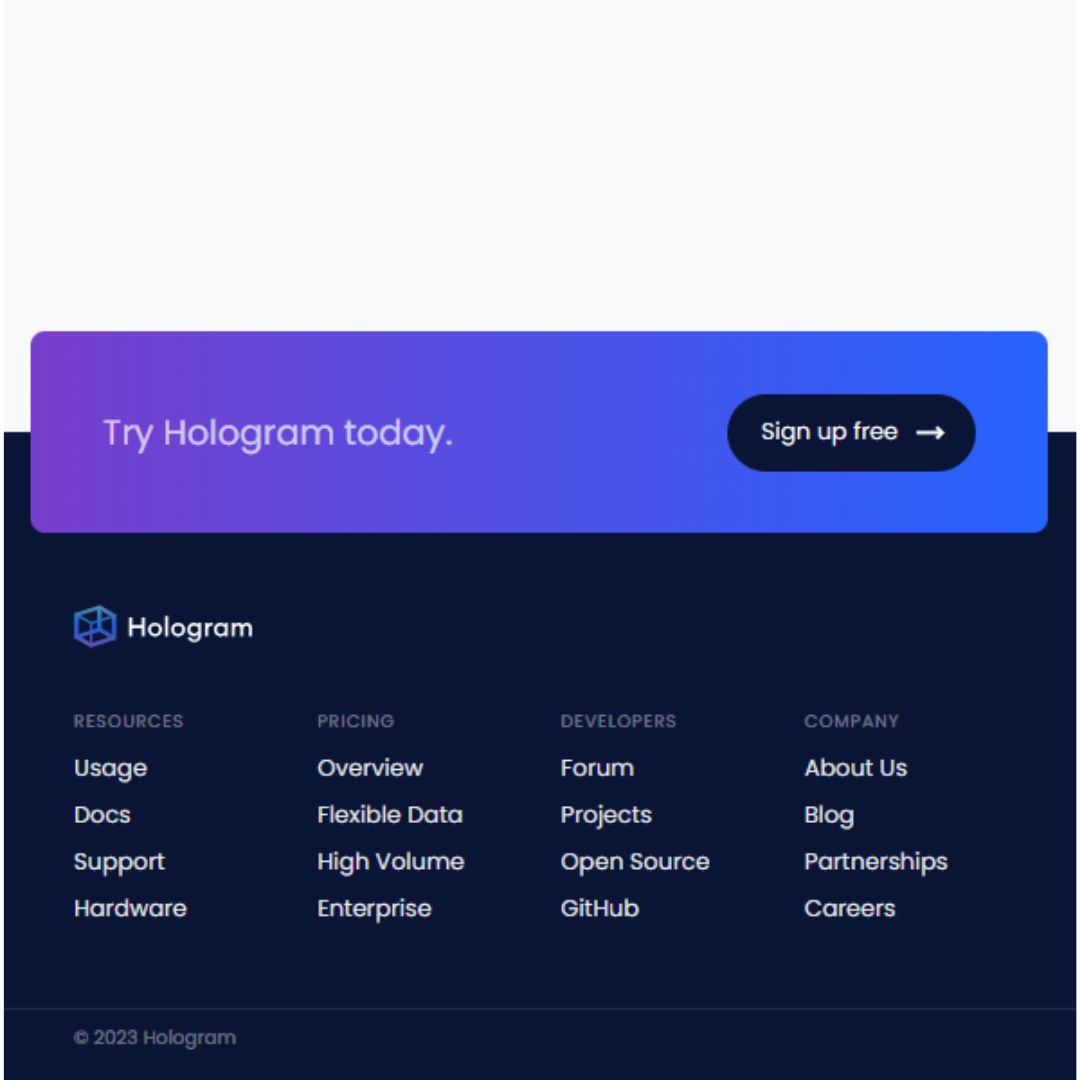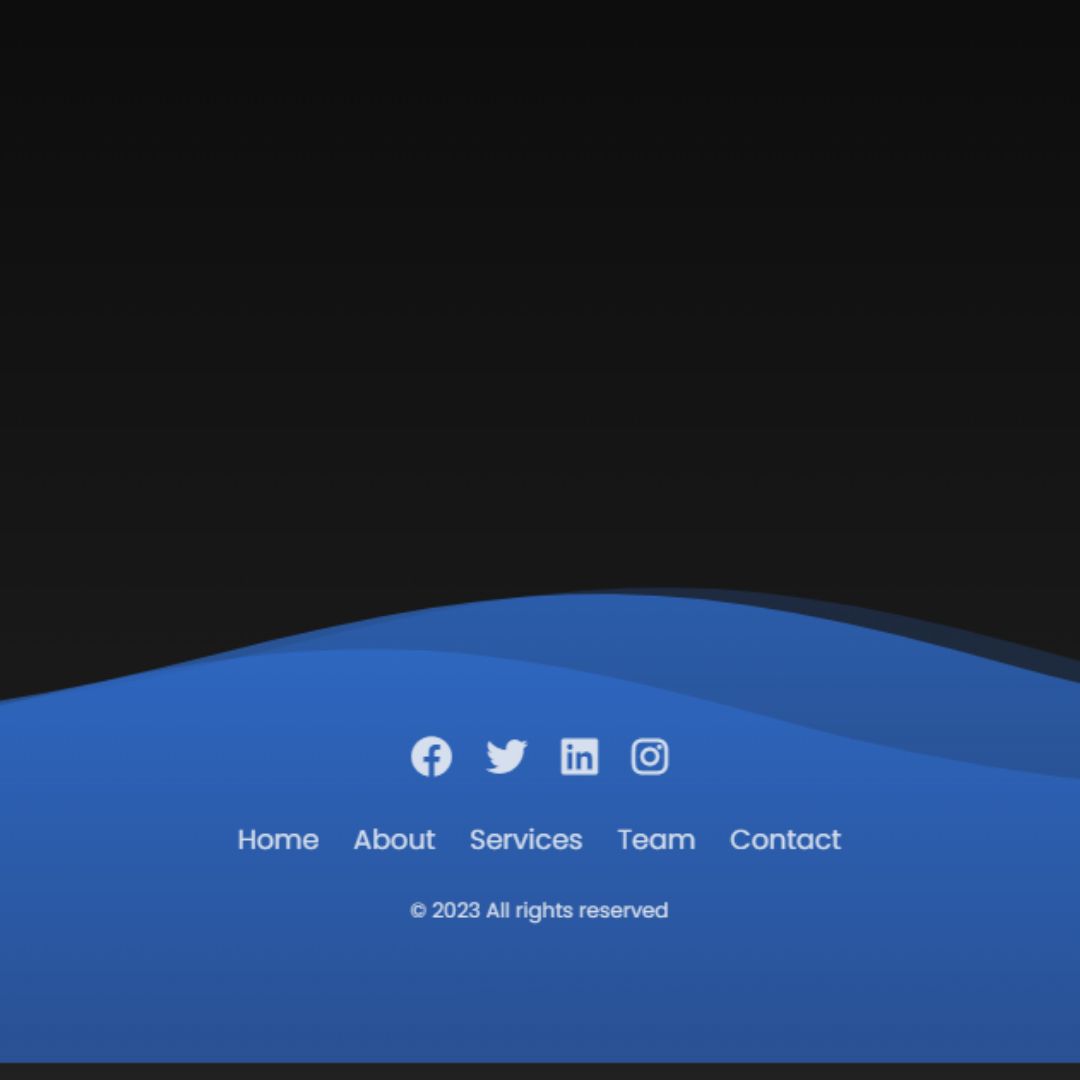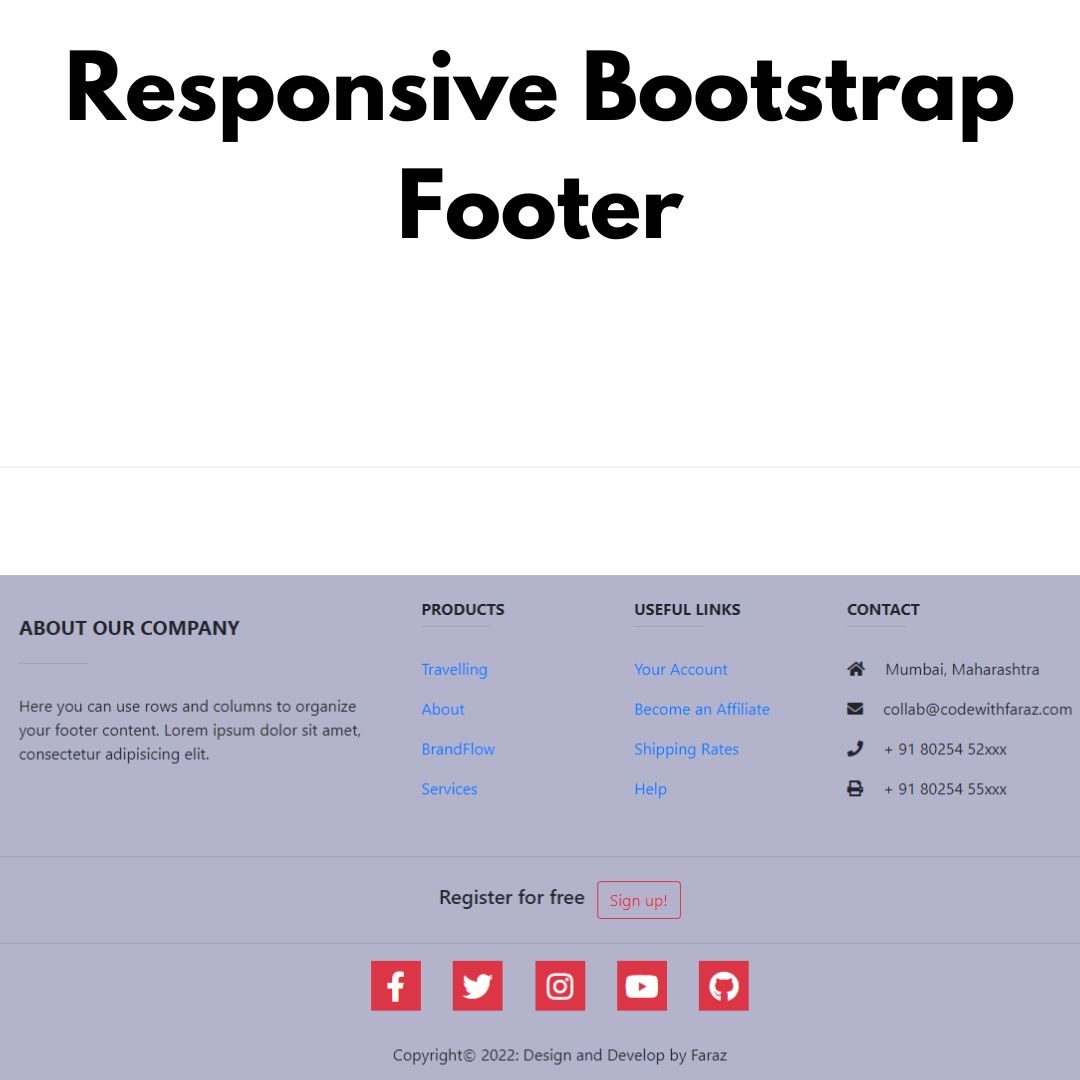Learn everything about anchor tag in HTML, including how to create links, navigate within webpages, and customize anchor tag attributes.

Table of Contents
- Introduction to Anchor Tag in HTML
- What is an Anchor Tag?
- How to Create an Anchor Tag?
- What are the Attributes of an Anchor Tag?
- Different Types of Anchor Tags
- Linking to Other Web Pages
- Creating Anchors Within a Web Page
- Opening Links in a New Tab
- Linking to Specific Sections on a Web Page
- Styling Anchor Tags
- Adding Images to Anchor Tags
- Importance of Anchor Tags
- SEO Best Practices for Anchor Tags
- Frequently Asked Questions (FAQs)
- Conclusion
I. Introduction to Anchor Tag in HTML
In today's digital age, HTML plays a crucial role in creating web pages. HTML, which stands for HyperText Markup Language, allows us to structure and present content on the internet. One powerful feature of HTML is the anchor tag, commonly known as <a>. Anchor tags enable us to create hyperlinks, allowing users to navigate within a website or to external pages with just a click. In this ultimate guide to anchor tags in HTML, we will explore everything you need to know about this fundamental element and how to use it effectively.
II. What is an Anchor Tag?
An anchor tag, represented by the HTML element <a>, is used to create hyperlinks in web pages. It allows users to navigate between different pages or sections within a page with a simple click. By defining the destination URL or target location, anchor tags enable seamless browsing experiences.
III. How to Create an Anchor Tag?
To create an anchor tag in HTML, you use the <a> element and specify the destination URL within the href attribute. The basic structure looks like this:
<a href="https://www.codewithfaraz.com">Click me!</a>
OUTPUT:
Click me!
In the example above, the anchor tag will display the text "Click me!" as a clickable link that directs users to https://www.codewithfaraz.com when clicked.
IV. What are the Attributes of an Anchor Tag?
Anchor tags can have several attributes that enhance their functionality and appearance. Let's explore some commonly used attributes:
- href: This attribute defines the destination URL or target location for the link.
- target: Used to specify where the linked content will open.
- _blank: Opens the linked document in a new window or tab
- _self: Opens the linked document in the same frame as it was clicked (this is default)
- _parent: Opens the linked document in the parent frame
- _top: Opens the linked document in the full body of the window
- framename: Opens the linked document in the named iframe
- title: This attribute provides additional information about the linked content that appears as a tooltip when the user hovers over the link.
- rel: Specifies the relationship between the current page and the linked URL. It is commonly used for SEO purposes.
V. Different Types of Anchor Tags
- External Links External anchor tags are used to link to web pages that are hosted on a different domain or website. These links are invaluable for referencing external resources or directing users to relevant content beyond your own website. When creating external links, it's essential to choose descriptive anchor text that accurately represents the destination page.
- Internal Links Internal anchor tags are employed to create links within the same web page. They allow users to navigate smoothly between different sections or chapters of a long article or webpage. Internal linking not only enhances the user experience but also helps search engines understand the structure and hierarchy of your content.
- Email Links Anchor tags can also be used to create email links, enabling users to send emails directly to a specified email address. Email links are useful when encouraging visitors to contact you or your organization for inquiries, support, or collaboration. It's recommended to use clear anchor text that conveys the purpose of the email link.
- File Downloads Anchor tags can facilitate file downloads by linking to downloadable files such as PDFs, documents, or media files. When creating download links, it's crucial to inform users about the file format and size, ensuring a seamless and transparent user experience.
VI. Linking to Other Web Pages
Linking to external web pages is one of the primary purposes of anchor tags. By specifying the destination URL within the href attribute, you can easily direct users to other websites. For example:
<a href="https://www.codewithfaraz.com">Visit CodewithFaraz Website</a>
The above code creates a hyperlink that leads to https://www.codewithfaraz.com when clicked.
VII. Creating Anchors Within a Web Page
Anchor tags also allow us to create internal links within a web page. This means you can navigate users to different sections within the same page. To do this, we use the id attribute to define a unique identifier for the target location. Here's an example:
<a href="#section1">Jump to Section 1</a> <h2 id="section1">Section 1</h2> <p>This is the content of Section 1.</p>
In the code snippet above, clicking the "Jump to Section 1" link will scroll the user to the corresponding section with the id "section1."
VIII. Opening Links in a New Tab
If you want to open a link in a new tab or window, you can use the target attribute with the value _blank. Here's an example:
<a href="https://www.codewithfaraz.com" target="_blank">Open in a New Tab</a>
When a user clicks the link, it will open https://www.codewithfaraz.com in a new browser tab.
IX. Linking to Specific Sections on a Web Page
To link to a specific section within a web page, you need to combine the href attribute with the id attribute of the target location. This allows users to jump directly to the desired section. Here's an example:
<a href="#section2">Jump to Section 2</a> <h2 id="section2">Section 2</h2> <p>This is the content of Section 2.</p>
In this case, clicking the "Jump to Section 2" link will navigate the user to the section with the id "section2" on the same page.
X. Styling Anchor Tags
Anchor tags can be styled using CSS to enhance their appearance and make them more visually appealing. You can apply various styles to anchor tags, including changing the text color, font size, and decoration. Here's an example:
<style>
a {
color: blue;
text-decoration: underline;
}
</style>
<a href="https://www.codewithfaraz.com">Styled Link</a>
In the above code, the anchor tag will be displayed as a blue, underlined link.
XI. Adding Images to Anchor Tags
Anchor tags can also contain images. By nesting an <img> element within the <a> element, you can create clickable images that link to other pages or sections. Here's an example:
<a href="https://www.codewithfaraz.com"> <img src="image.jpg" alt="Image Description"> </a>
OUTPUT:
In the code above, when the user clicks the image, they will be directed to https://www.codewithfaraz.com.
XII. Importance of Anchor Tags
- Improved User Experience: Anchor tags enable users to quickly jump to relevant sections of a webpage, saving time and enhancing overall user experience. This is especially beneficial for long-form content or pages with multiple subsections.
- Enhanced Accessibility: Anchor tags help individuals using screen readers or assistive technologies to navigate through web pages more efficiently. By providing clear and concise links, you make your website more inclusive and accessible to a wider audience.
- Search Engine Optimization (SEO) Benefits: Proper utilization of anchor tags can positively impact your website's search engine rankings. When search engine crawlers encounter anchor tags, they interpret them as markers for important content, increasing the relevance and visibility of your webpage.
XIII. SEO Best Practices for Anchor Tags
When using anchor tags for SEO purposes, it's essential to follow some best practices to optimize their effectiveness. Here are a few tips:
- Use descriptive anchor text: Instead of using generic phrases like "Click here," use relevant keywords that describe the linked content.
- Use keywords in the href attribute: Include relevant keywords in the URL or filename of the destination page to improve SEO.
- Avoid excessive linking: Overusing anchor tags can negatively impact SEO. Only link to relevant and valuable content.
- Use rel="nofollow" for sponsored or untrusted links: Adding this attribute tells search engines not to pass PageRank to the linked page.
- Test your links: Regularly check your anchor tags to ensure they are functioning correctly and leading to the intended destination.
XIV. Frequently Asked Questions (FAQs)
Q1: How do I change the color of anchor text?
A1: To change the color of anchor text, you can use CSS. Here's an example:
<style>
a {
color: red;
}
</style>
<a href="https://www.codewithfaraz.com">Red Link</a>
In the code above, the anchor text will appear in red color.
Q2: Can I use anchor tags without a href attribute?
A2: No, the href attribute is required in an anchor tag to specify the destination URL or target location. Without it, the anchor tag won't function as a hyperlink.
Q3: Can I nest anchor tags within each other?
A3: Nesting anchor tags within each other is not recommended and can lead to unpredictable behavior. It's best to avoid nesting anchor tags and find alternative ways to structure your content.
Q4: What is the purpose of the target attribute in an anchor tag?
A4: The target attribute in an anchor tag is used to specify where the linked content will open. For example, using target="_blank" will open the link in a new browser tab.
Q5: How do I make an anchor tag open an email client?
A5: To make an anchor tag open an email client, you can use the mailto: protocol followed by the email address. Here's an example:
<a href="mailto:[email protected]">Send Email</a>
Clicking the link will prompt the user to open their default email client with a new email addressed to "[email protected]."
Q6: Can I use anchor tags for smooth scrolling within a web page?
A6: Yes, you can use anchor tags in combination with JavaScript or CSS to achieve smooth scrolling effects within a web page. By applying scroll behavior styles or using JavaScript libraries, you can create a more visually appealing scrolling experience.
Q7: Are there any limitations on the number of anchor tags I can use on a single page?
A7: There are no specific limitations, but it's important to maintain a reasonable number of anchor tags to avoid overwhelming users.
Q8: Do anchor tags affect website loading speed?
A8: Anchor tags themselves do not significantly impact website loading speed. However, using a large number of anchor tags or linking to heavy content within them may affect performance.
XV. Conclusion
In this ultimate guide to anchor tags in HTML, we've covered everything you need to know about this essential element. We explored how to create anchor tags, link to other web pages, create anchors within a page, open links in new tabs, link to specific sections, style anchor tags, add images, and follow SEO best practices. Anchor tags are a powerful tool for enhancing user experience and improving website navigation. By mastering the art of anchor tags, you can create engaging and interactive web pages that keep users hooked.
That’s a wrap!
Thank you for taking the time to read this article! I hope you found it informative and enjoyable. If you did, please consider sharing it with your friends and followers. Your support helps me continue creating content like this.
Stay updated with our latest content by signing up for our email newsletter! Be the first to know about new articles and exciting updates directly in your inbox. Don't miss out—subscribe today!
If you'd like to support my work directly, you can buy me a coffee . Your generosity is greatly appreciated and helps me keep bringing you high-quality articles.
Thanks!
Faraz 😊



